GUEST COLUMN
By James Tomek, Ph.D
Celebrating the Mass as an art was the subject of a recent workshop, led by Father Dennis Gill for Priests, Deacons and Lay Ecclesial Ministers of our diocese. Ars Celebrandi, the title of Father Dennis’s book, is also a church activity promoting the study of Liturgy (our official public worship used here interchangeably with the Mass) as an art. A general lack of respect at Mass, along with a general “not getting” of what happens at Mass has inspired Father Dennis to become an expert in Sacred Liturgy.
Active participation at Mass, a major aim, happens when we all feel united with Jesus, offering himself and us to God. Viewing Mass as an art can help us see that participating at Mass requires skills. As a literature person, when I see Ars Poetica, it is usually a poem or essay about what a certain art should be – its essence. Art can be defined as a “doing” of things that makes them beautiful and memorable. We will now talk about Father Dennis’s view of major essences at Mass, followed by how they fit into the Order of the Mass.
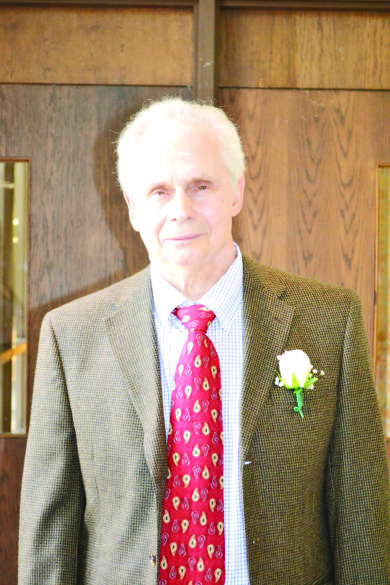
Father Gill encourages us to study the General Instructions of the Roman Missal (GIRM). What is happening “inside” us? Mystagogia describes this “inside” – a leading into the mystery of the death and resurrection of Jesus. How do we render this “prayer” concrete in real life? (orandi vivendi)
The Sacrament of Holy Orders confers on priests the official authority to speak in the person of Jesus Christ at Mass. Theological realities? Where is Jesus in all this? Liturgy puts us in the presence of Jesus, who is raised from the dead by the Father and Holy Spirit. We are all “priests” by our Baptism. When the ordained priest says, “the Lord be with you” we lay people, as a part of this priesthood, answer “and with your Spirit.”
Our primary aim at Mass is to prepare to be worthy to receive “Holy Communion,” which I take as not just the Sacred Host, but a sum of receiving the Body of Christ in Communion with all the faithful. The Eucharist, meaning thanksgiving, is a beautiful word to summarize Mass and this Holy Communion.
“Worship” comes from “worth-ship” where we give God the respect for his worth to us. Gestures and postures help. For example, we stand when we say prayers. This attention is authentic participation. Liturgy is life and life is Liturgy. If we have participated well, we can put what we rehearsed at Mass into real life – the meaning of Ite, Missa Est at the end. We are sent. Mass is not a pep rally, but a worship – a rehearsal of our Christian eternal life.
Music highlights the spiritual value. Here, Father Dennis focuses more on the musicality of the dialogs. He prefers the singing of the dialogs, like the “Let us give thanks to the Lord” and the “Holy, holy, holy.” There should be a music feel or a rhythm where even silences are important so that we have time to let the mystery soak into our hearts. Furniture also provides meaning. The Altar is the centerpiece where the Sacrifice takes place. It is Christ. The Ambo, or lectern, is where the Word of God is read and spoken. The Chair is the permanent sign of where Jesus speaks.
Every part of the Order of the Mass – the Entrance, Liturgy of the Word, the Liturgy of the Eucharist and Concluding Rites – is about the offering of Jesus Christ and us to God. What will we do with our Holy Communion? How will we be worthy of it depends on how we will put it in practice in our Christian lives.
With the Entrance rites, we should focus on establishing communion with others, so to be worthy of the Sacrament. With the procession, the priest, as Jesus, leads us to the altar. The kiss at the altar symbolizes the communion of Jesus and his sacrifice (sometimes intensified by an incensing). The Collect prayer points to the scriptures and the offerings of the people that are about to happen.
In the Liturgy of the Word, lectors recite the story of Christ’s redemption and salvation. The Homily becomes a liturgical rite where the scriptures are broken open. With the Universal Prayer, or intercessions, we pray for the general needs of the church. These petitions should be associated with the scripture readings and can form a base of offerings that we will put in practice in everyday life. This prayer slides into the Offertory and the Liturgy of the Eucharist.
The third part of Mass is the Liturgy of the Eucharist. The “Eucharist” in this part of Mass refers to the “meal” celebration. The gifts are prepared as the altar is dressed with the corporal, missal and vessels. The bread and wine are raised slightly and then set to the side for the sacrifice coming.
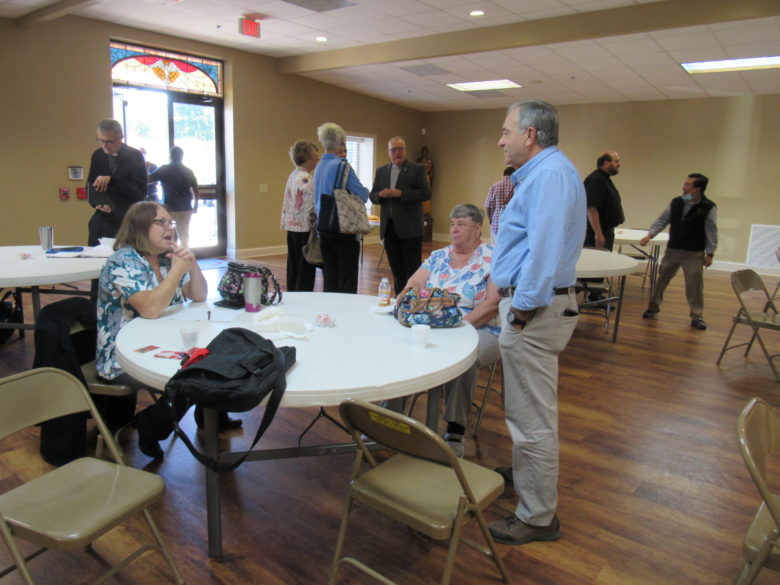
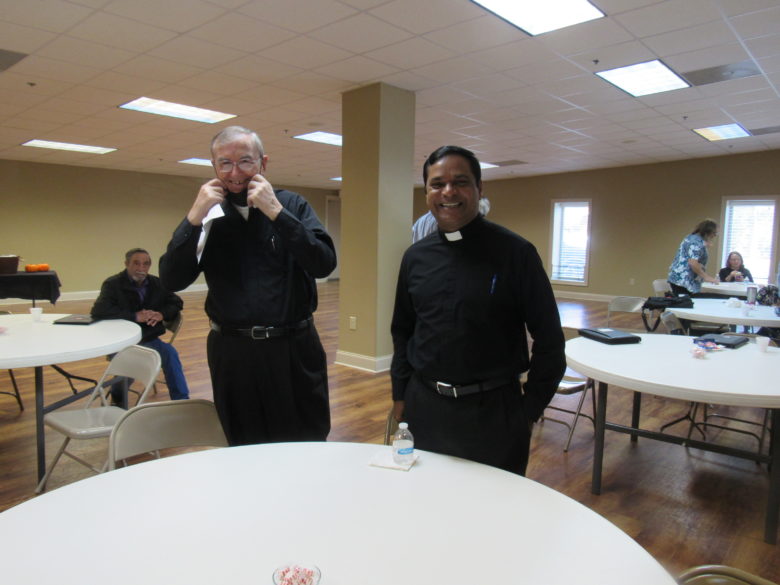
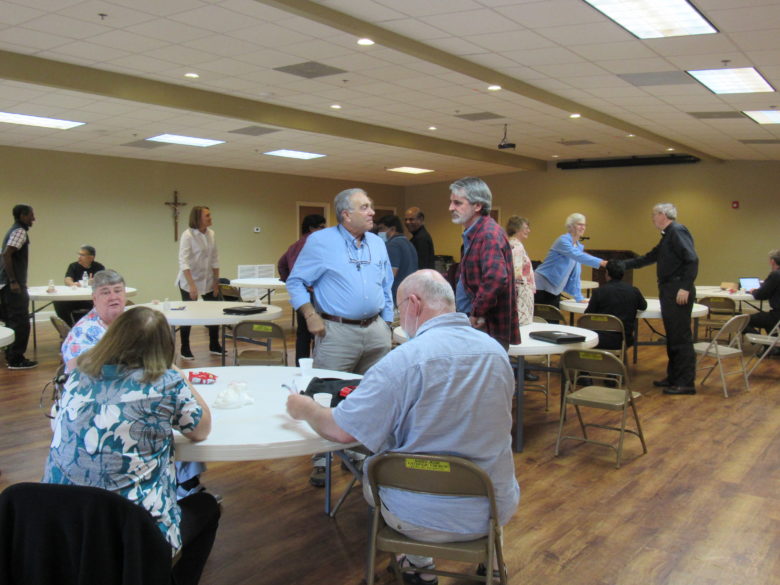
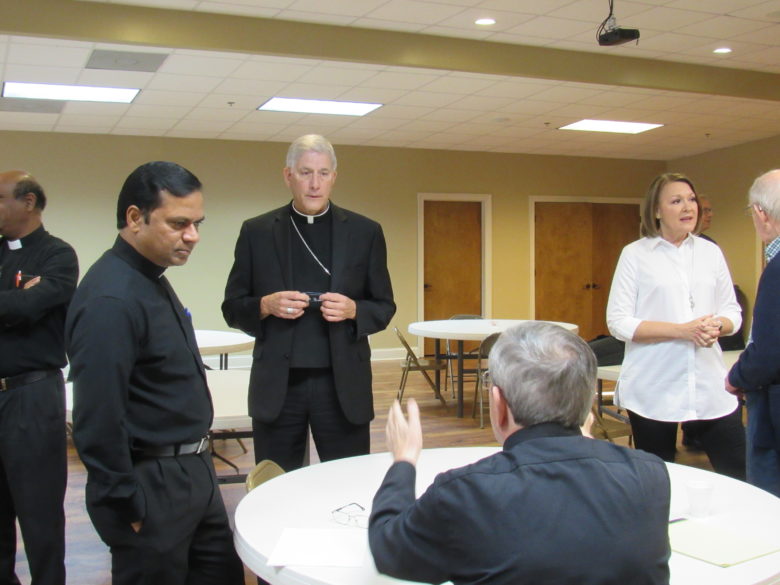
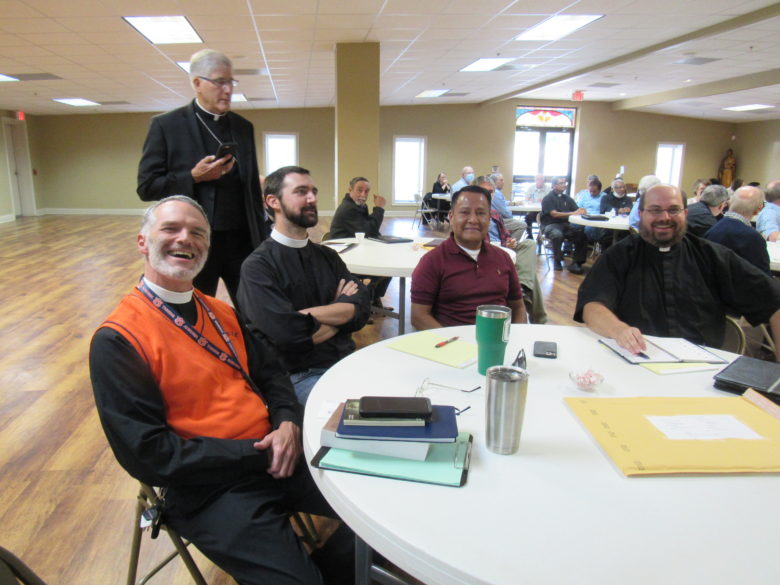
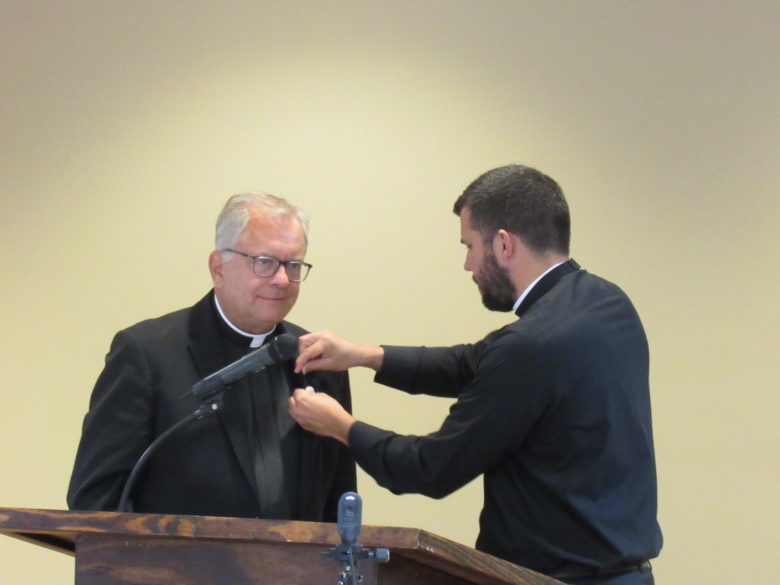
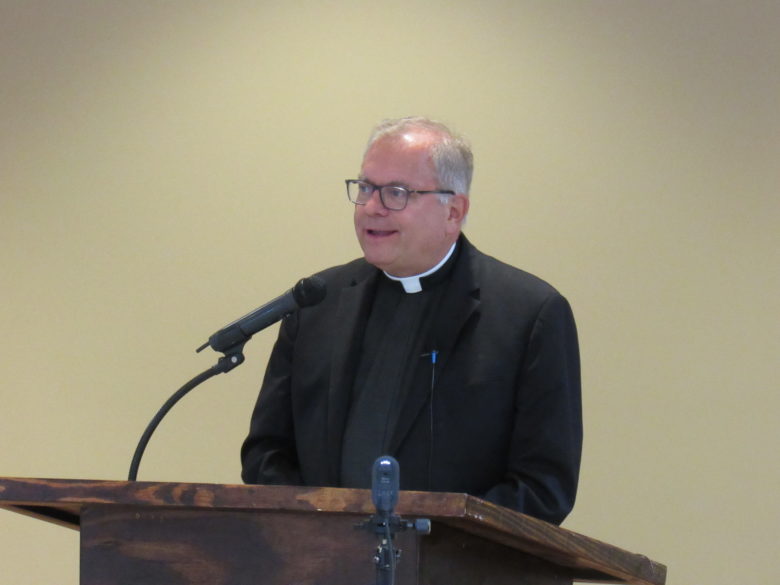
The Eucharistic Prayer that follows is Jesus starting our conversation with God. It is a prayer of thanksgiving and sanctification. The introduction to the preface calls us to lift our hearts and minds to God. The Preface leads to the “Holy, holy, holy,” and emphasizes our thankfulness. The main body of the Eucharistic Prayer follows (Father Dennis recommends using Prayer I or III for Sundays). From this prayer, Father stresses the Epiclesis, where the Holy Spirit is called on to bless the proceedings, the Institution Narrative, where the bread and wine are consecrated, and the Anamnesis, where we remember what Christ has done for us.
The last part of the Liturgy of the Eucharist is the Communion Rite. The Lord’s Prayer is where we dare say with Jesus “Our Father” asking God to forgive us and give us the grace to forgive others. The sign of peace goes back to when Jesus tells us that, before receiving communion, we need to reconcile any differences with our neighbor. The Breaking of the Bread (fraction) is the huge Sacramental sign where Sacred Bread is broken and shared with the community. The Lamb of God prayer is recited simultaneously. With the Concluding Rites, the priest, preferably from the chair, dismisses us and sends us on our way to live what we have just rehearsed. We need to reflect on the liturgy regularly.
Father Dennis concludes, saying that with every celebration of the Liturgy, there is a hint of the Ascension with Jesus Christ where we are all raised to the Father.
(James Tomek is a retired language and literature professor at Delta State University who is currently a Lay Ecclesial Minister at Sacred Heart in Rosedale and also active in RCIA at Our Lady of Victories in Cleveland.)
